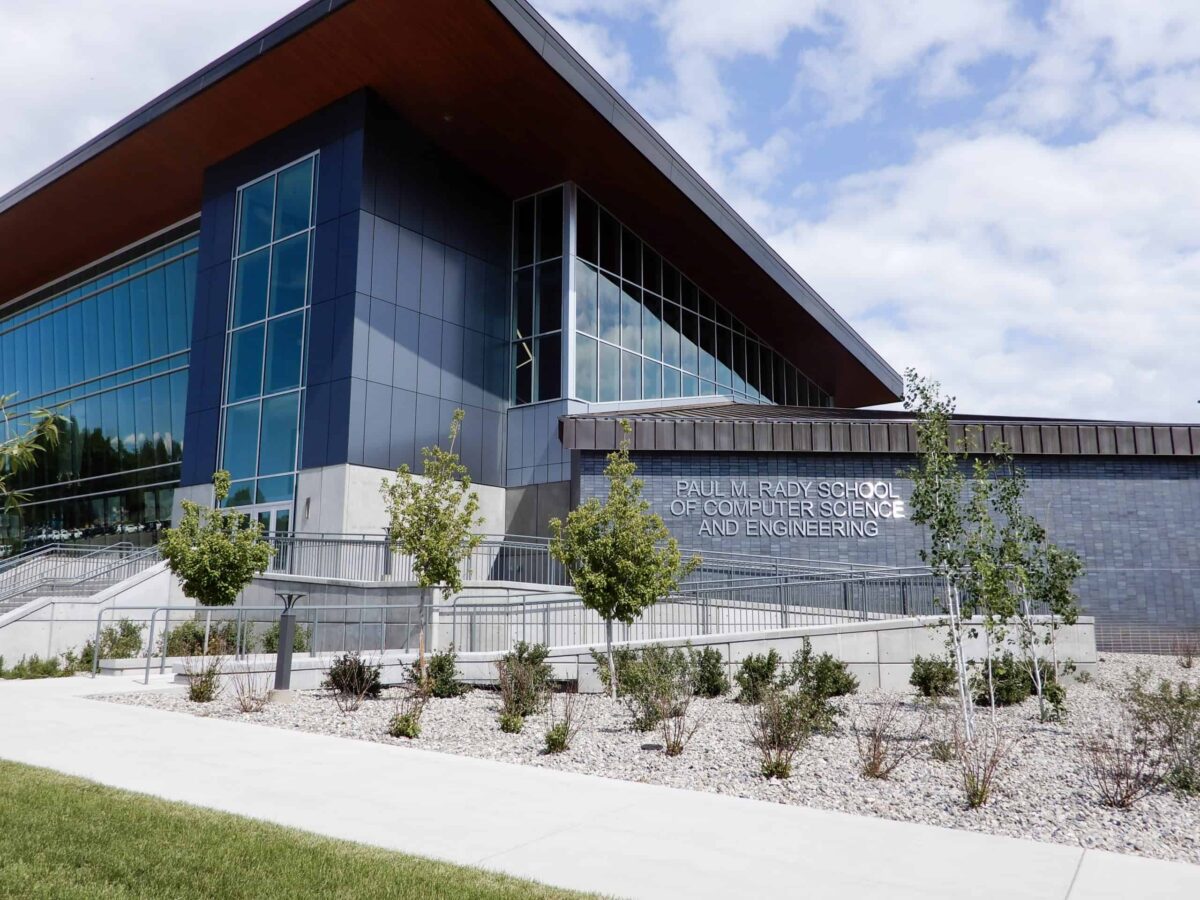In an age of declining public investment and increasing costs, Colorado’s universities have increasingly turned to donors to stay solvent — and competitive.
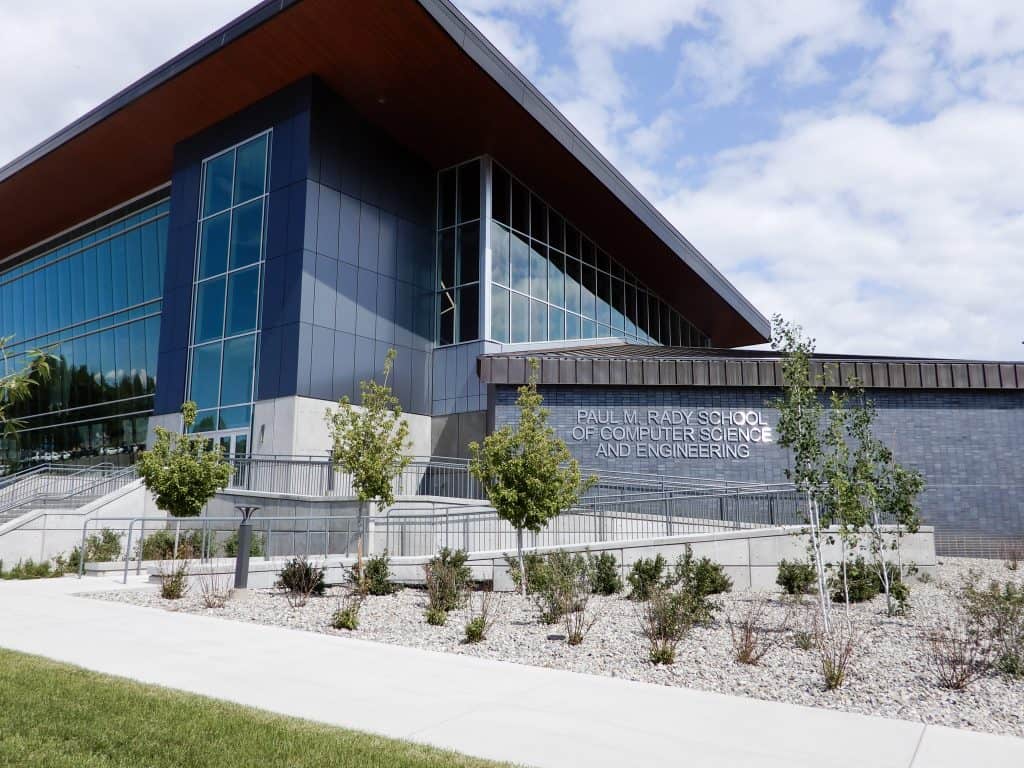
Funding for higher education across the U.S. has mostly stalled or declined in the last 15 years, forcing universities to make a series of uncomfortable choices — raising tuition above inflation rates, turning to low-paid, tenuously employed adjunct faculty to teach a larger portion of courses, and relying on multi-million-dollar donations for new programs and buildings from major donors to entice prospective students in a cutthroat educational marketplace.
According to research conducted by the National Education Association, 32 states saw declines in their per student, inflation-adjusted education funding between 2008 and 2020. Colorado’s education funding remained largely flat over that timeframe.
But Colorado’s funding for higher education has lagged behind other states for some time now. In 2021, Colorado’s state funding for each full-time equivalent student enrolled in higher education was $2,909, which puts the Centennial State at 49th, only ahead of Arizona.
Closer to home, Western received just over $18 million from the state for the 2022-23 fiscal year, working out to $11,023 per student — a higher than average sum for Colorado largely attributable to Western’s small size — just over 1,600 full-time students.
And it’s not just smaller colleges on the Western Slope which are impacted. University of Colorado-Boulder, the state’s flagship institution, state-level funding provided less than 5 percent of the total budget.
The remainder of the bill falls to students (out-of-state students can expect to shell out around $60,000 per year for the privilege of being a Buffalo, and that’s in the lowest academic cost tier), as well as private donors and grants.
Over the last several decades, even as inflation-adjusted spending has leveled or dropped off, many universities have grown their top-level administrative staff while cutting student-facing staff at an average rate of 10 percent.
All of this puts most public institutions of higher education — apart from a few highly prestigious schools that can better weather the storm — in a precarious position.
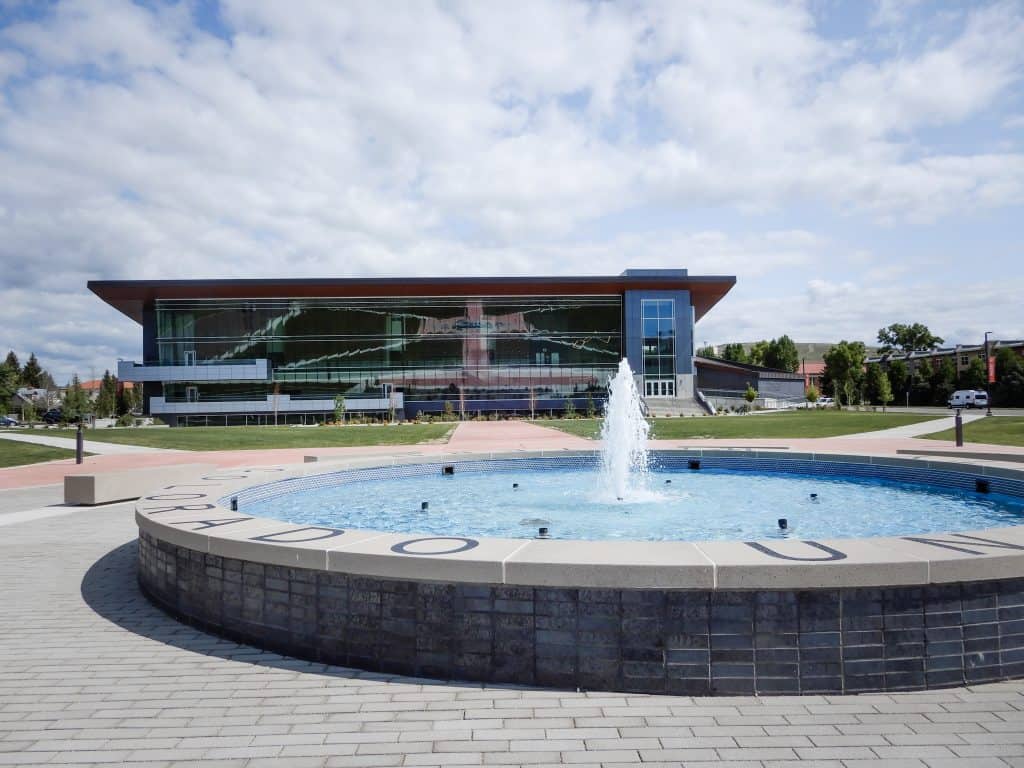
The role of donors in higher education
So, where do donors fit into this increasingly cost-conscious higher education landscape?
Well, Western launched an ambitious new school of engineering and computer science after Paul Rady, a Western alumnus and billionaire CEO of the oil and gas company Antero Resources, shelled out $80 million for the program’s creation — and a shiny new building to match.
Mr. Rady’s generosity is admirable in a sense, certainly, but it’s rather unlikely that Western administrators would have set out to create an engineering school at a small public university situated in a remote, mountain valley, and mostly emphasizing liberal arts, if not for Rady’s massive gift.
The long-term academic and financial viability of Western’s engineering program, which shares faculty, resources, and branding with the University of Colorado-Boulder, is yet to be determined.
What we do know is that operating the program is expensive, especially for a university which already carries a significant amount of debt from the recent construction of both the University Center and Mountaineer Field House.
Keeping up with other, larger universities in the race to build new facilities is a tough ask for such a small university, and adding a new program centered around state-of-the-art technology in a remote mountain valley won’t alleviate the core issue of funding.
Plus, it’s difficult not to wonder what Western could have done with $80 million towards its already strong undergraduate programs in environment and sustainability, exercise science, and wildlife biology, in addition to unique graduate offerings like the Outdoor Industry MBA, the fully remote Creative Writing Master’s, and the Master of Environmental Management (MEM) program.
In a variety of academic disciplines, Western has been organically attracting students to existing programs based on its connection to place and dedicated, knowledgeable faculty.
One could argue that plugging those millions into existing programs, giving tenure-track faculty and core staff a much-needed pay bump to slow escalating attrition, and working to break ground on new housing reserved for students and faculty would have served Western far better than saddling it with an expensive new program outside the institution’s existing academic scope.
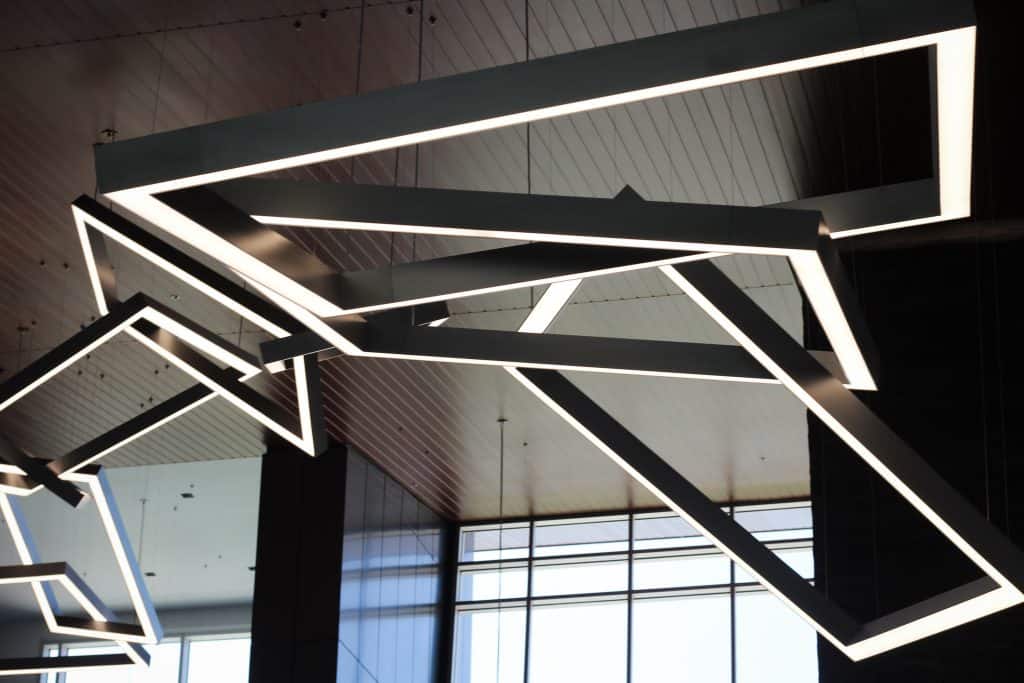
The outsized influence of mega donors
Mega donors are afforded outsized influence in these processes because they will come with millions in hand, and institutions — even the wealthiest ones like Stanford (which has an endowment of more than $37 billion and has received more than $500 million from billionaire Nike founder Phil Knight) — don’t dare refuse such large cash injections.
But these donors and their gifts can bend the academic focus of universities, including public ones like Western, towards their own interests. Their gifts can also leave universities reliant on additional contributions to make ends meet as their costs increase, trapping universities in a never-ending loop of fundraising and donor asks.
The 2018 book “University of Nike”, written by Joshua Hunt, chronicles the inherent tension of these donor relationships taken to its most extreme.
The book centers on Phil Knight’s continuing gifts to the University of Oregon, (a university which receives relatively low amounts of public funding, relying largely on out-of-state and international tuition dollars) largely aimed at boosting the university’s football and basketball programs, but also at expanding the university’s research capabilities.
In the book, presidents and athletic directors at the university repeatedly find themselves looking over their shoulder and fearing retaliation from Knight (i.e., walking away with the money needed to sustain the increasingly donor-reliant university) over personnel and financial decisions.
Faced with the constant peril of Knight turning off the money spigot makes the already tough task of running a university nearly impossible.
And while universities such as the University of Oregon can often lure donors to make enormous donations for shiny new engineering, law, business, and science buildings and programs — complete with generous scholarships and endowed faculty — other programs in arts, humanities, or social sciences can languish in run-down facilities, face deep, systemic cuts (likely akin to a slow death sentence), or be slashed entirely from a school’s offerings.
We witnessed this at Western with programs like sociology, art and history programs after the college’s Strategic Resources Allocation (SRA) process deemed those departments lacking in 2021, leading to reductions in budgets, faculty, and course offerings — all but ensuring these programs won’t continue much longer, at least in their current form.
Letting a handful of wealthy individuals dictate a university’s curriculum runs contrary to the idea of public education, which is designed to produce skilled, knowledgeable workers, yes, but also output informed, well-rounded citizens who will participate in democracy and civic life, and subsequently raise the next generation.
To that end, allowing the will of donors to take precedence over the university’s administration, who’ve largely served decades in academia, and its Board of Directors, appointed by the governor for their expertise in handling legal, financial, and other areas of critical functioning, is deeply irresponsible.
And while one can fairly argue that boards and administrators don’t always make the best decisions, they have the highest degree of familiarity with their institutions and came about their positions via a transparent, public process.
The same cannot be said for donors, who often come with both money and grand plans in hand — and force administrators and trustees to sweat the details and bear the long-term costs.
But it’s nearly impossible to ask Western, which has faced down various financial shortfalls for decades, to turn away Mr. Rady when he comes knocking with $80 million — in addition to a more recent $15 million to renovate the Mountaineer Bowl, and previous donations — which have, among other things, endowed a faculty position in the Geology Department.
Money speaks volumes, particularly for a university that has struggled to boost full-time student enrollment, is far removed from Colorado’s Capitol and the Front Range population center, and plays second or even third fiddle to larger, more name brand schools like CU-Boulder, Colorado State, and even western rival Colorado Mesa.
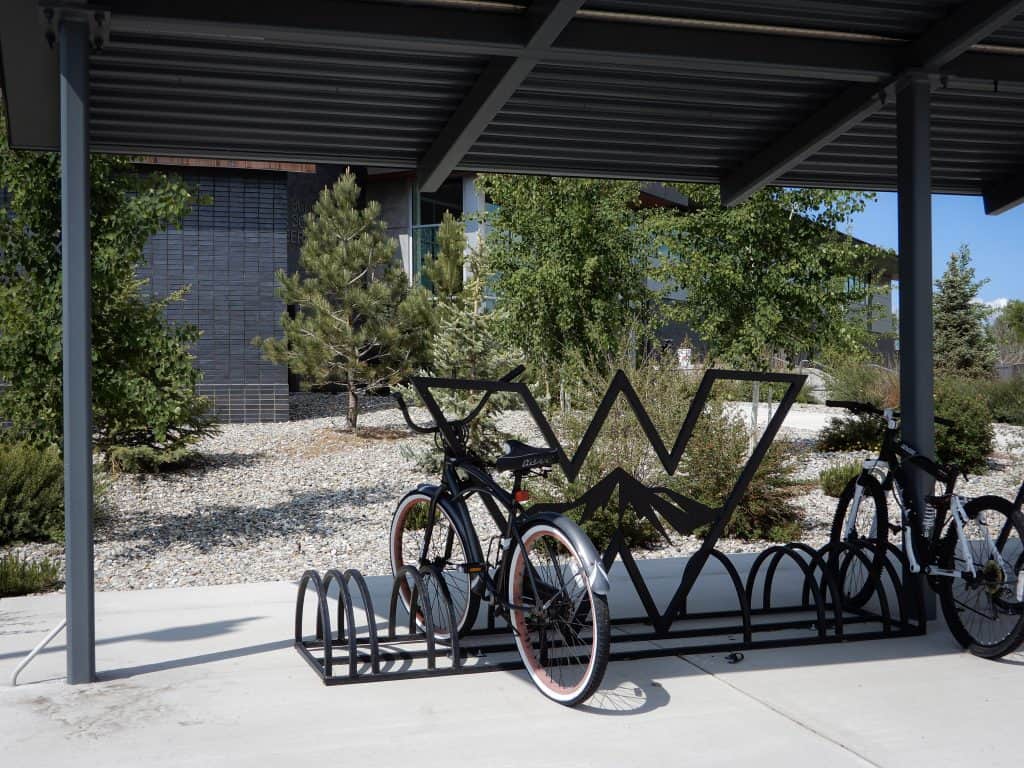
Working towards solutions
Countering the growth of donor influence won’t be easy, and the easiest way to do so effectively is to commit to reinvesting in our public colleges and universities at the state level, easing their financial burden. Sadly, Colorado’s Taxpayer Bill of Rights makes significant increases to education a tough ask.
But there are ways to ensure good governance and transparency in donations, like setting up an overarching donations committee of the Board of Trustees, comprised of a mixture of university staff, alumni, and community members with the requisite legal, financial, and administrative knowledge, which would serve to evaluate the sustainability and suitability of potential donor gifts, and analyze their impact on Western’s existing goals and values.
As an example, The Ohio State University’s Foundation Board maintains five committees. In addition to an Executive Committee and a Directorship and Nominating Committee, the Audit Committee handles financial statements and legal and regulatory issues, the Development Committee plans and implements fundraising campaigns, and the Donor Committee handles public recognition of donors, donor relations, and reporting.
I would add to that setup one more committee: The Vision Committee, which would ensure that all donations, no matter the size or the donor, fit firmly within the umbrella of the university’s strengths and vision.
Working together, it’s time to reinvest in our public universities and reset the balance between donors and the institutions they fund.

